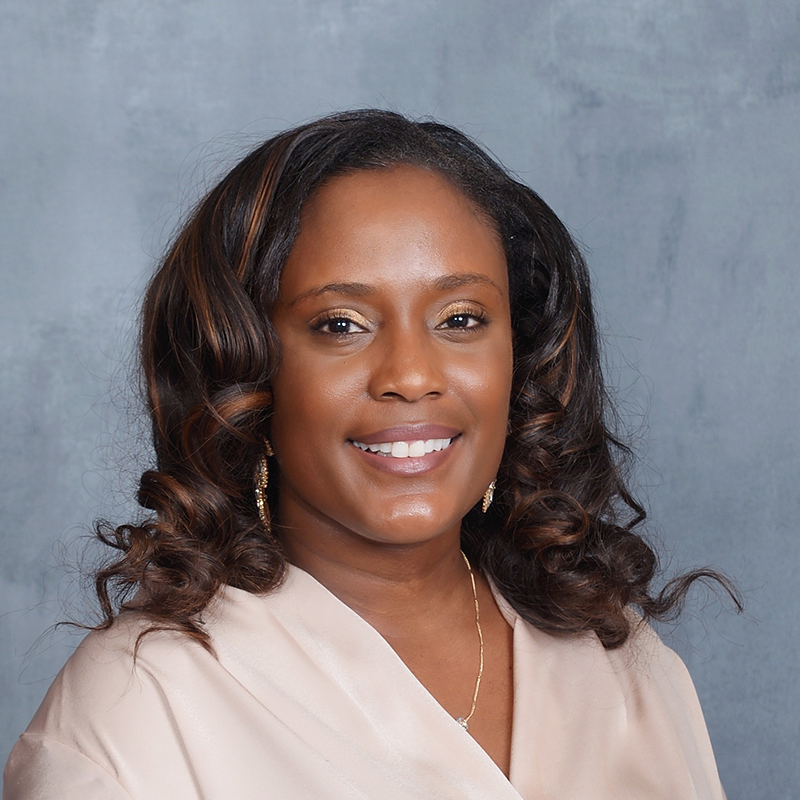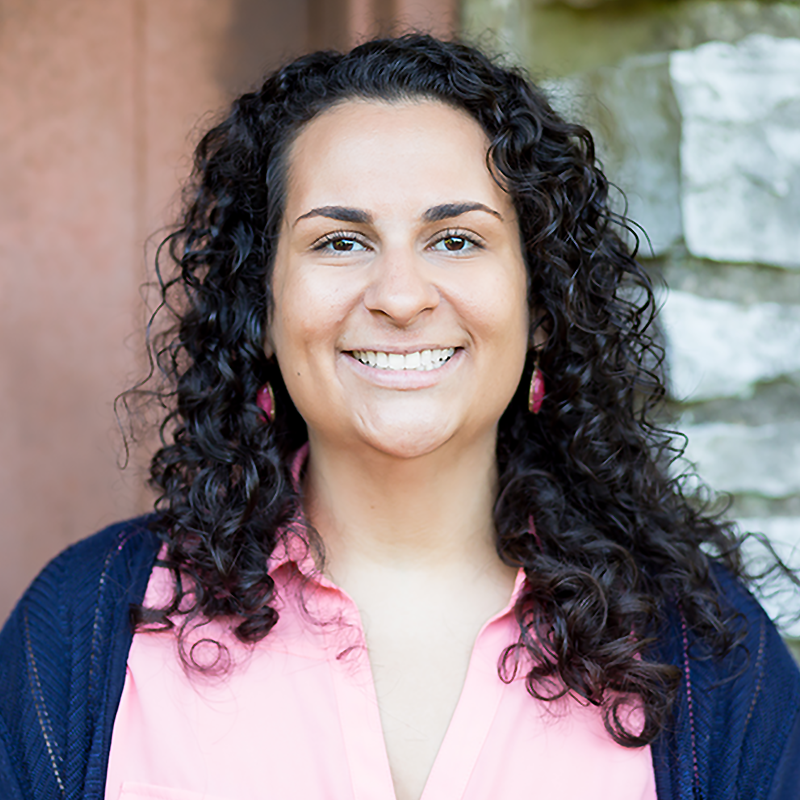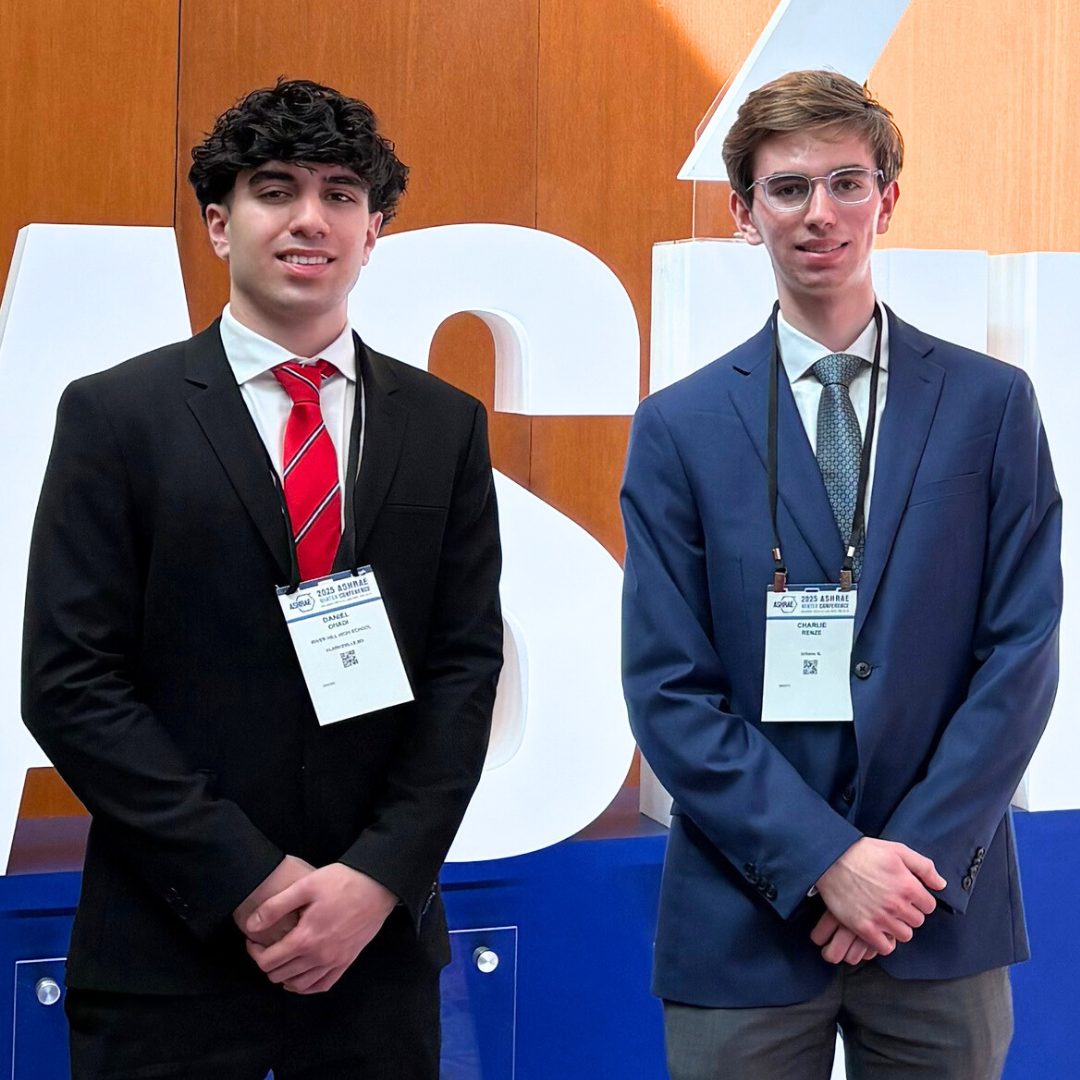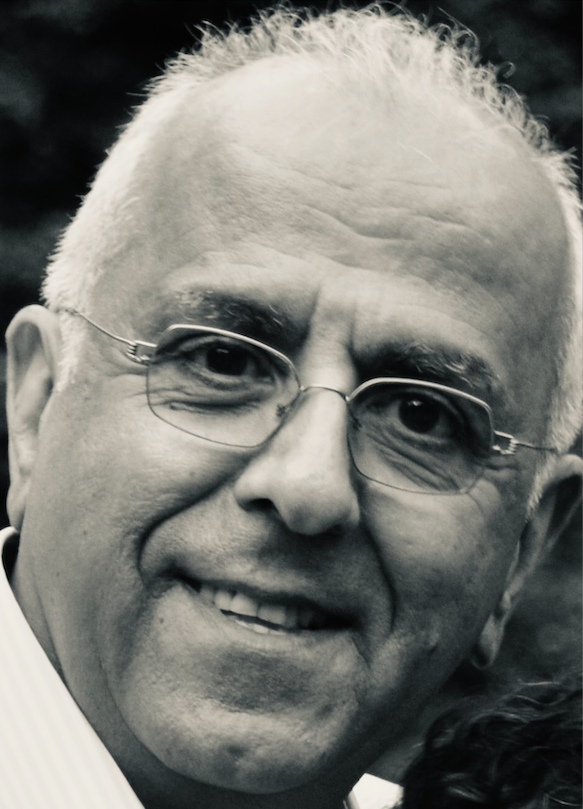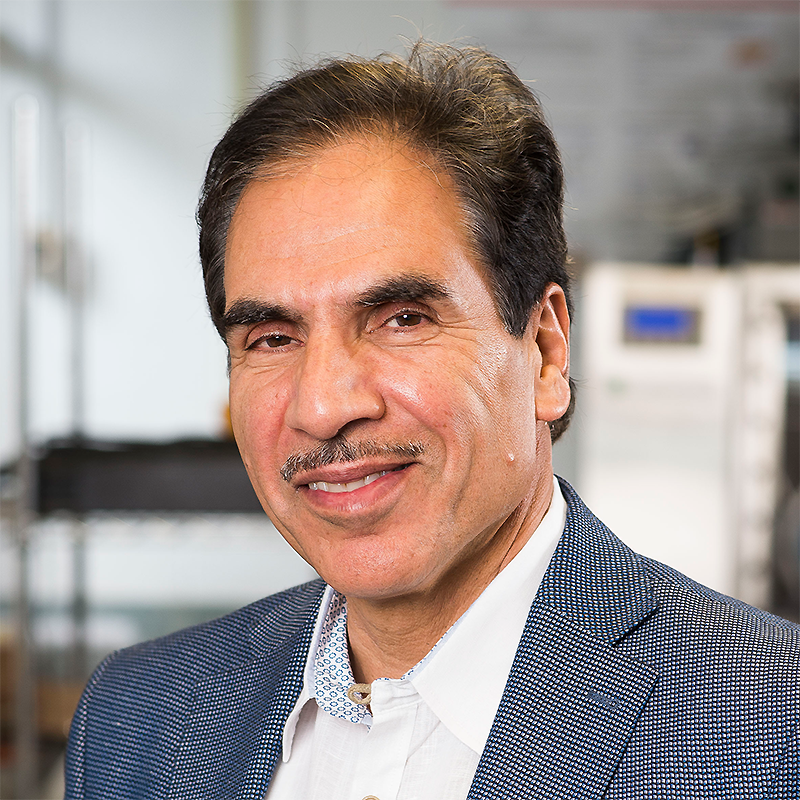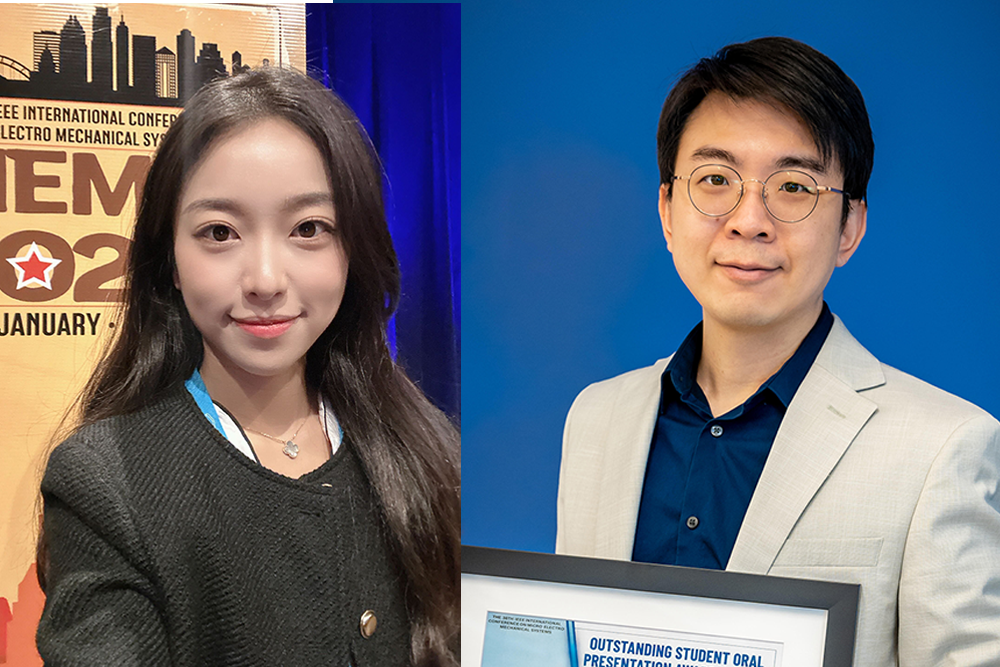News Story
New Beginnings

Chair and Distinguished University Professor of Mechanical Engineering Avram Bar-Cohen.
The Department’s 5-year Strategic Plan, "Becoming a Program of Distinction," was prepared under the guidance of the Department’s Faculty Advisory Committee during the past two years. The Plan focuses on education, research, and outreach as the primary functions of the Department and defines a strategy for strengthening the Department in these three dimensions. Six Strategic Initiatives are included in the Plan. Strategic Initiative 1 focuses on undergraduate students and is aimed at educating a high quality technology workforce for the state, the region, and the nation. Strategic Initiative 2 is targeted at the graduate program and seeks to enhance the quality, visibility, and impact of the Ph.D. graduates while continuing to prepare M.S. students for diverse roles in industry and national laboratories. Strategic Initiative 3 deals with building an outstanding research program to support the continued economic development of the state, the region, and the nation through creation of new scientific and technological knowledge. Strategic Initiative 4 calls for continued enhancement and consolidation of the Department’s physical infrastructure to support the goals of Initiatives 1, 2 and 3. Strategic Initiative 5 highlights steps we must take to ensure an environment that promotes diversity and fosters a spirit of collegiality. Strategic Initiative 6 focuses on the Department’s outreach to Federal laboratories and Centers, international institutions, and the global professional community, building national and international visibility and strengthening the Department’s role and effectiveness in technology transfer. Copies of the ME Strategic Plan are available by emailing
Our latest issue of METRICS, the department newsletter, provides extensive evidence for the Department’s commitment to becoming a Program of Distinction and the efforts underway to implement each of the six stated Initiatives. It is particularly noteworthy that the three new faculty members joining the Department this fall represent important steps in the implementation of Initiative 3, which recognizes that Mechanics and Micro/Nano Systems, Energy Systems, Risk and Reliability, Advanced Manufacturing and Design, and Fluid Mechanics are the Department’s primary research themes and that efforts must continue to build and expand these domains of excellence, while developing new areas of high impact potential. Profs. Teng Li and Santiago Solares enhance our expertise in micro/nano fabrication and computational nano mechanics and Prof. Jaydev Desai will help initiate the Department’s efforts in biomedical devices, with emphasis on medical robotics.
The recent signing of the agreement establishing the Energy Education and Research Collaboration (EERC – as described in the lead article), which is housed in the Department and supported by the Abu Dhabi National Oil Company, is well aligned with Initiative 6 and will lead to significant international recognition for the Department’s efforts in energy engineering. The growing international presence of the CALCE and CEEE Centers and the anticipated national impact of the recently announced Energetics Technology Center in Southern Maryland, championed by the Department’s CECD Center, further reinforce the Department’s extensive and highly successful outreach efforts.
It is also to be noted that early this fall the Department completed the move of faculty, students, and staff of the Center for Risk and Reliability into the Glenn Martin Hall and adjacent buildings. This move and the planned relocation of Profs. DeVoe and Smela’s laboratories into the Glenn Martin Hall, are in support of Initiative 4. When completed, these relocations will materially improve the research environment and communication among the Department’s faculty and staff.
It is my expectation that achieving the quantitative and qualitative goals identified in the Strategic Plan will place and sustain the Department of Mechanical Engineering at the University of Maryland among the nation’s top 15 Mechanical Engineering programs among all universities – public and private – and top 10 among the publicly supported research universities by 2011. We are counting on your support!
Published December 10, 2006
